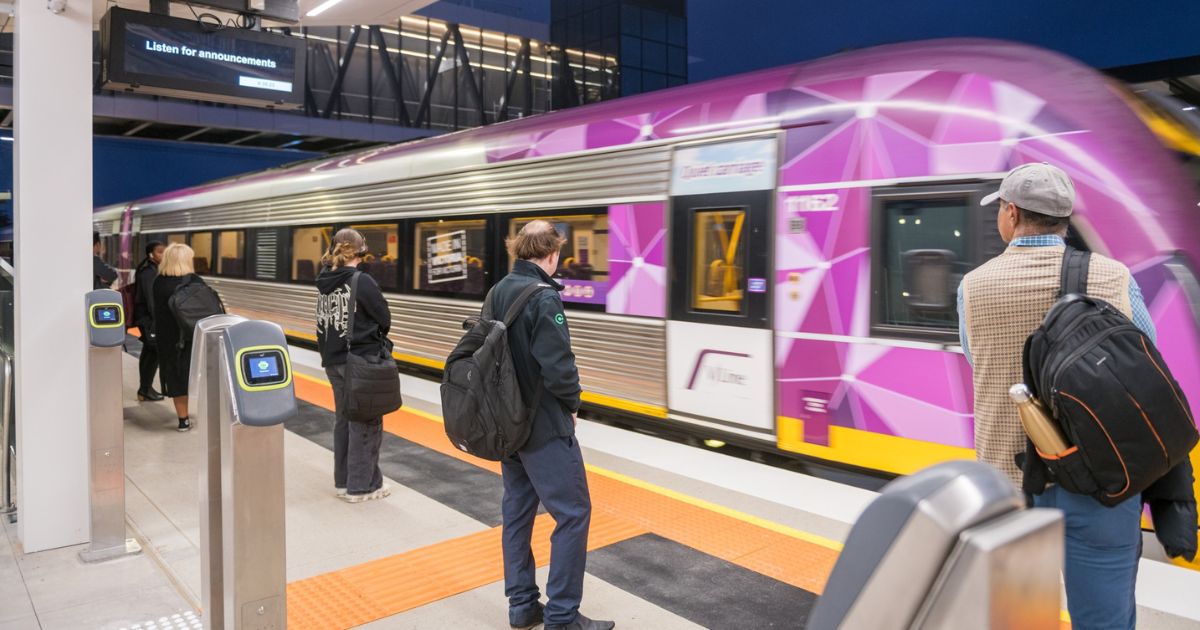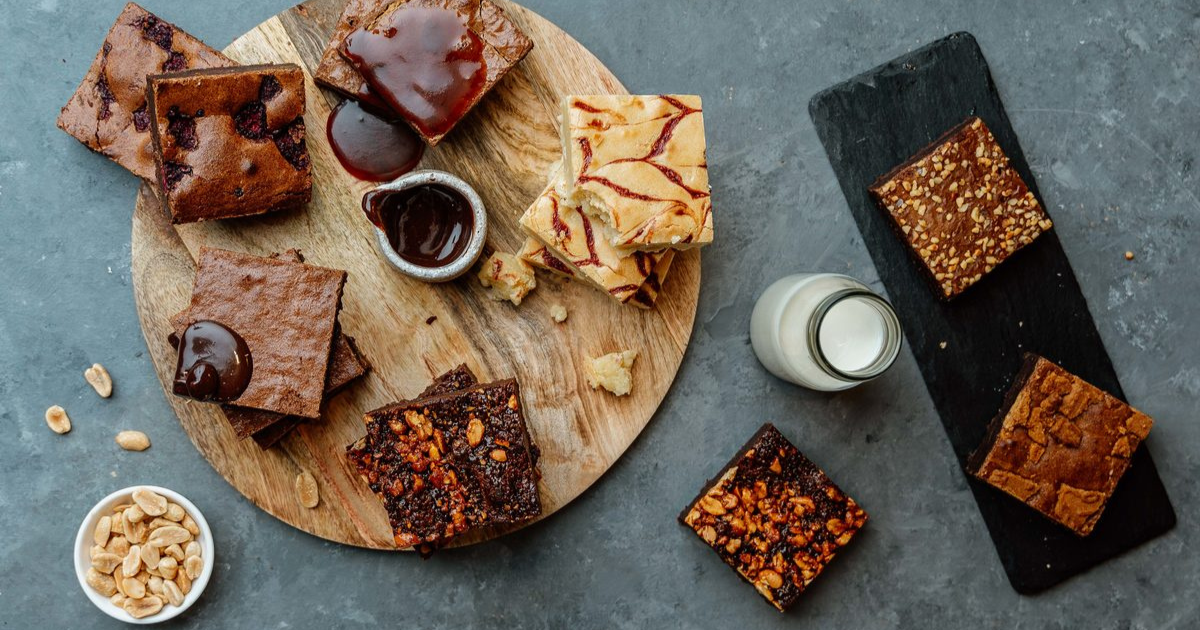Therapy restoring touch to stroke survivors
Thousands of survivors of stroke struggling with everyday tasks have an opportunity to regain their sense of touch, thanks to a world-first therapy now available in Geelong.
Developed by researchers at La Trobe University, SENSe therapy (Study of the Effectiveness of Neurorehabilitation on Sensation) has already helped hundreds of survivors of stroke improve their ability to undertake tasks such as cooking, dressing, eating and driving.
Barwon Health is one of eight healthcare networks to provide SENSe therapy as part of the partnership, which involves universities and healthcare providers across Victoria, New South Wales and South Australia, and 100 newly trained health professionals.
Program lead, Professor Leeanne Carey from La Trobe University, said although one in two people (or more than 200,000 Australians) experienced a loss of touch sensation after stroke, it was largely a hidden problem.
“We may take touch sensation for granted – but for someone to suddenly not have this skill can erode confidence, independence and the ability to live a full and happy life.
“Family members may see the person walking and talking and assume they can easily return to their everyday life, including tasks such as cooking – but this is often not the case.” She said making SENSe therapy more widely available is critical to enabling survivors of stroke to regain use of their hand in daily activities and improve quality of life.
“We now have four specialist SENSe therapy centres established in Melbourne, Adelaide and Newcastle – and a further 100 physiotherapists and occupational therapists upskilled to roll the therapy out across eight healthcare networks in Victoria and NSW..
“Thanks to this new partnership, people can more easily access this highly effective, evidence-based therapy which has been in development for years – whether they recently had a stroke or have been struggling with everyday tasks for years.”
Prof. Carey said most survivors of stroke who have been through the six-week program say the therapy has changed their life.
“SENSe therapy helps to reprogram the brain so that people again know when they are touching objects, can recognise textures, and know where their hand is in space,” Professor Carey said.
Robert Morgan, who had a stroke in 2002 as a 56-year-old, said he quickly learnt not to use his right dominant arm due to the loss of sensation that affected the fine motor skills in his hand and greatly reduced movement and control of his arm.
“I taught myself to sign my name left-handed and decided that my left hand would have to be my dominant one – it was the only way I could get around the loss of touch and control. This was also a major contributing factor to the end of my 35-year career with Holden.
“Since the therapy my life has improved in many ways. I no longer need to use my left hand to fully compensate for the right hand in everyday situations such as tying up my shoelaces – and using my right hand ‘as normal’ to operate the turn signal switch in my car has naturally made me a safer driver.”
The project also has financial support from the Stroke Foundation, and chief executive Sharon McGowan said the organisation was thrilled to see SENSe therapy now becoming available to thousands of Australians.


















